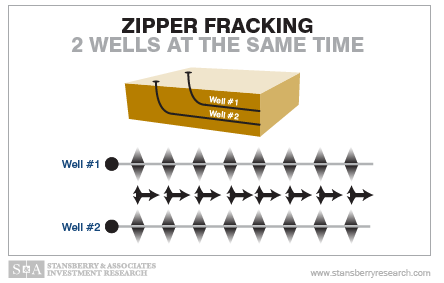As you well know if you’ve been reading this blog for any length of time, there are more producible formations underneath West Virginia than just the Marcellus and the Utica. The Rogersville shale, among others, over in the western part of the state is getting some interest, and the Burket formation in the northern part of the state is finally getting some real air time, too.
Wrightstone Energy Consulting has put together some data on the Burket.
It’s not a very thick formation in West Virginia, but it’s pretty close to the Marcellus shale, lying just a few hundred feet above it here in West Virginia. It’s not a ridiculously productive formation, but when drilling from one pad to the Marcellus and Utica it makes sense to drill to the Burket as well.
The best locations for Burket drilling appear to be in Doddridge, western Harrison, western Marion, and western Monongalia counties. There’s a little bit in Wetzel, Tyler, and Lewis counties where they border the previously named counties, too. There may be some good production in a small strip of Upshur, Barbour, and Tucker counties as well. We don’t anticipate much development there because it makes more sense to drill where you already have pads, but we also know that Consol/CNX/Dominion was drilling to the Burket in Barbour county a couple of years ago, so if gas prices go up a little we expect to see them pursue that activity again.
By far the most interesting aspect of the data that Wrightstone Energy presents suggests that producing the Burket with the Marcellus could yield increased production from one or the other, or even both. Fracking the Marcellus and then coming back later to frack the Burket may result in wasted energy as the fractures may communicate with the previous Marcellus fractures, resulting in fewer new fractures. However, if both are fracked at the same time, or “zipper fracked“, the resulting production from both formations could be significantly higher.
We hate to harp on this one subject yet again, but this is yet another reason why it is important for mineral owners to be able to say no to a lease and not have to worry about being force pooled. If the lessee is not going to produce the Burket with the Marcellus the mineral owner should be able to say they want to wait until a producer who wants to produce both formations comes along.

